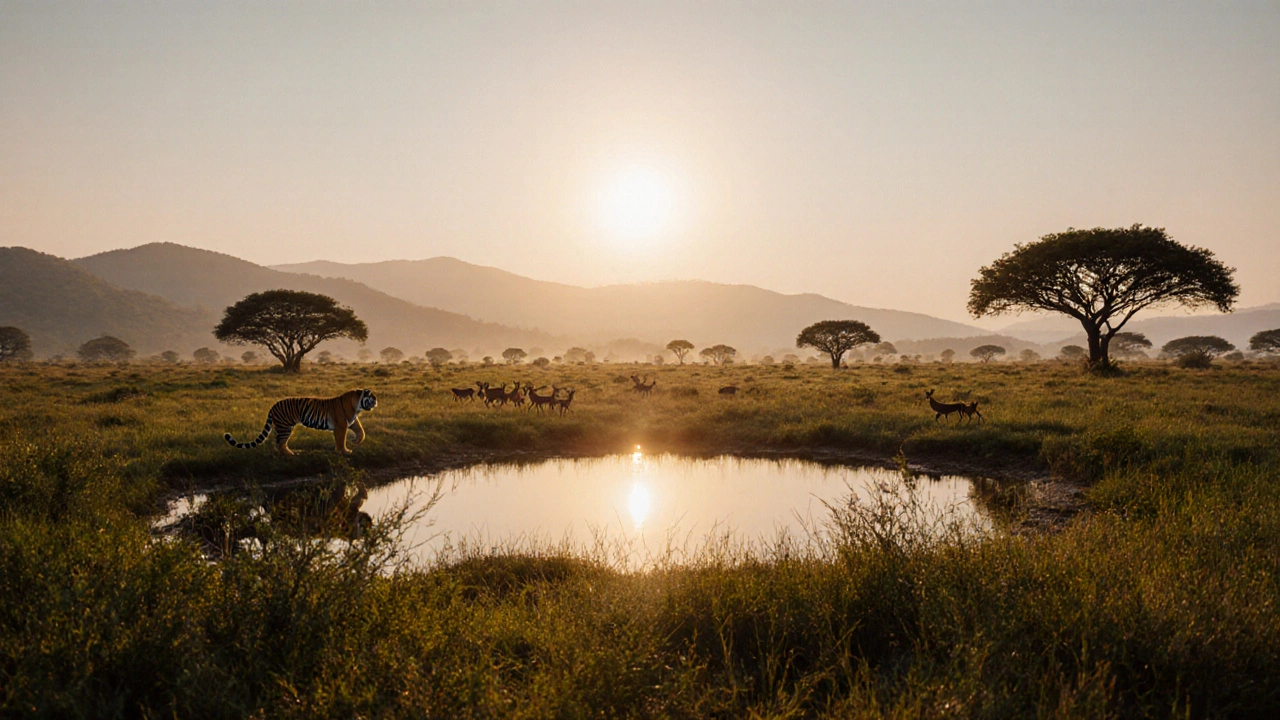
Learn which animals can live in a wildlife sanctuary, the legal rules, common species, and tips for starting or visiting a sanctuary.
When talking about wildlife conservation, the effort to protect, manage, and restore animal species and their habitats. Also known as wildlife protection, it forms the backbone of preserving India’s natural heritage. A major pillar of this work is the network of wildlife sanctuaries, designated areas where hunting and habitat destruction are strictly forbidden, which together with protected areas, zones such as national parks and reserves managed for long‑term ecological health create safe havens for countless species. These entities are interconnected: wildlife conservation encompasses sanctuaries, sanctuaries require legal protection, and protected areas support broader biodiversity goals. Understanding this web helps travelers see why a visit to a sanctuary is more than sightseeing – it’s participation in a living conservation system.
India’s biodiversity, the variety of life across ecosystems, from the Himalayas to the Western Ghats is a direct outcome of effective wildlife conservation. High biodiversity means resilient ecosystems, which in turn support local economies and climate stability. Species protection programs target threatened animals like tigers, elephants, and endemic birds, often relying on conservation NGOs, non‑governmental groups that fund research, run anti‑poaching patrols, and engage communities. These NGOs enable community participation, influence policy, and provide education that fuels long‑term stewardship. When you learn that a particular sanctuary’s success stems from a local NGO’s effort, you see the tangible link between grassroots action and national conservation results.
For travelers, the connection between tourism and wildlife conservation is simple: responsible visits generate revenue that funds protected‑area management and community projects. States like Madhya Pradesh, Karnataka, and Assam host the most wildlife sanctuaries, offering trails, guided safaris, and volunteer opportunities that let you witness restoration work up close. By choosing eco‑friendly operators, you help maintain habitats while enjoying India’s natural spectacles. Below you’ll find a curated set of articles that dive deeper into top sanctuaries, safety tips, and how you can support conservation efforts on your next trip.

Learn which animals can live in a wildlife sanctuary, the legal rules, common species, and tips for starting or visiting a sanctuary.